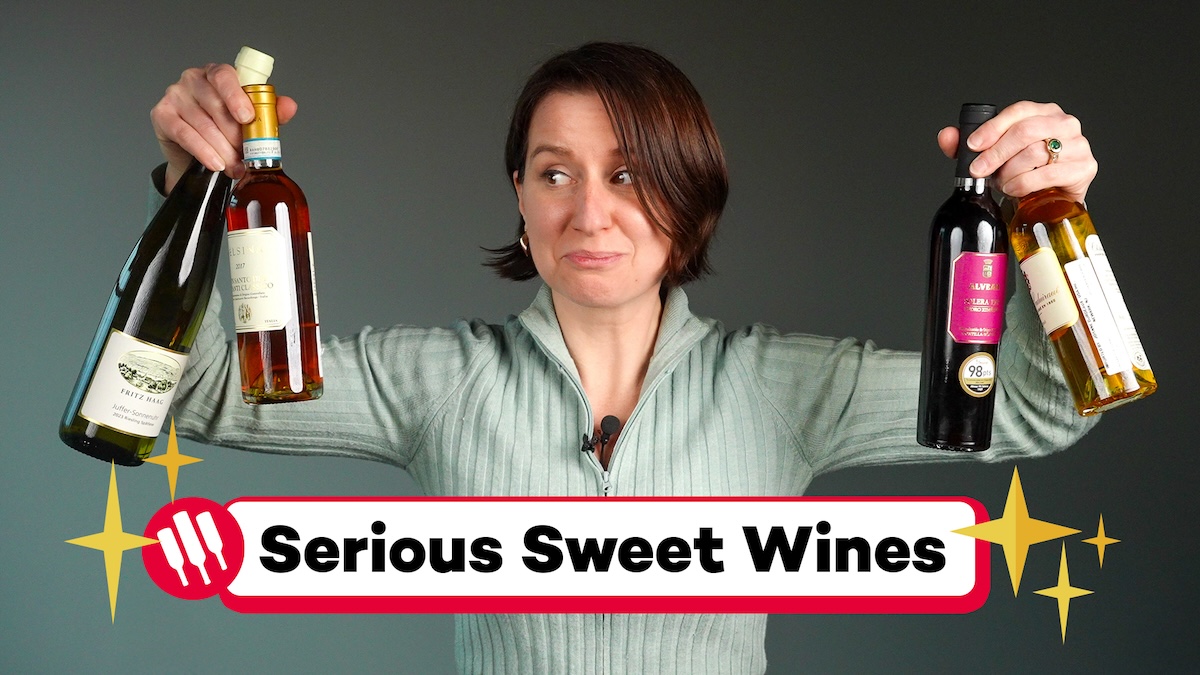6 Surprising Facts About (Red) Wine
If you think wine is just fermented grape juice, think again. The world of wine is as deep as you’re willing to explore, and it can reveal things you never knew about yourself. Here are six intriguing facts that will change how you think about wine and maybe even inspire a little self-discovery.
1. Wine Didn’t Originate in France… or Italy!
Many people believe wine originated in Western Europe, largely because countries like Spain, France, and Italy have the most land dedicated to wine grape cultivation.
France, in particular, is considered the most influential wine country, home to many of the world's top wine grapes, like Cabernet Sauvignon, Merlot, and Chardonnay.
However, wine's roots go much deeper. The earliest evidence of wine production dates back to around 8,000 years ago in the Fertile Crescent, specifically in regions of modern-day Armenia, Azerbaijan, Georgia, Iran, and Turkey. In Armenia, archaeologists discovered a cave winery from 4100 BC, highlighting wine’s ancient origins far beyond Europe’s borders.
2. Red Grapes Came First
If you’re a red wine lover, you’ll be pleased to know that black (red) grapes came before white grapes. Wine grapes come in various colors like green, yellowish-bronze, purple, and black, all influenced by just two genes in grape DNA.
Over thousands of years, natural mutations and human cultivation have led to the diverse range of wine varieties we enjoy today. For example, Pinot Noir, Pinot Meunier, Pinot Gris, and Pinot Blanc all share the same base DNA, showing how small genetic changes create significant diversity.
3. Red Wine’s Health Benefits Don’t Come From Alcohol
Many studies suggest red wine has various health benefits, such as raising good cholesterol (HDL), reducing bad cholesterol (LDL) oxidation, and even potentially inhibiting cancer cells. However, these benefits aren’t due to alcohol.
The healthy compounds in wine come from polyphenols found in grape skins and seeds—like resveratrol, catechin, and quercetin—which provide wine’s color, aroma, and flavor. You can find these compounds in other non-alcoholic products, too, such as grape seed oil, juice and creams.
4. Tannin Levels Vary Greatly in Wines
Tannins, a type of polyphenol, give wine its structure and help it age well. However, not all wines are equally tannic.
For example, Gamay (often found in Beaujolais) has lower tannin levels with about 1100 mg/L of polyphenols, while Cabernet Sauvignon ranges from 1700 to 3000 mg/L. High-tannin wines like Petite Sirah, Touriga Nacional, and Tannat can reach up to 4000 mg/L, providing the substructure needed for graceful aging.
So, if you’ve ever experienced the mouth-drying sensation from red wine, it’s likely the tannins at work!
5. Red Wines Get Lighter as They Age
As red wines age, they lose color intensity, transitioning from deep purple to medium tawny over several decades.
White wines, on the other hand, darken as they age, moving from pale straw to deep gold and eventually to brown.
The color shift accompanies changes in flavor, as tannins soften and fruit flavors evolve from fresh to dried.
6. The Aromas in Wine Are Real
The aromatic compounds in wine, like rotundone in Syrah and monoterpenes in Moscato, are found in other things as well, such as black pepper and roses. These real, identifiable aromas make wine tasting a multisensory experience and show there’s always more to uncover in every glass.
Wine is not just a beverage; it’s a journey. Whether you're exploring its history, savoring its flavors, or appreciating its health benefits, there’s always something new to learn. So next time you pour a glass, take a moment to explore its complexities. Happy tasting!
Related Videos

10 Wines You Oughta Try in 2025

Sweet Wines Aren't What You Think
